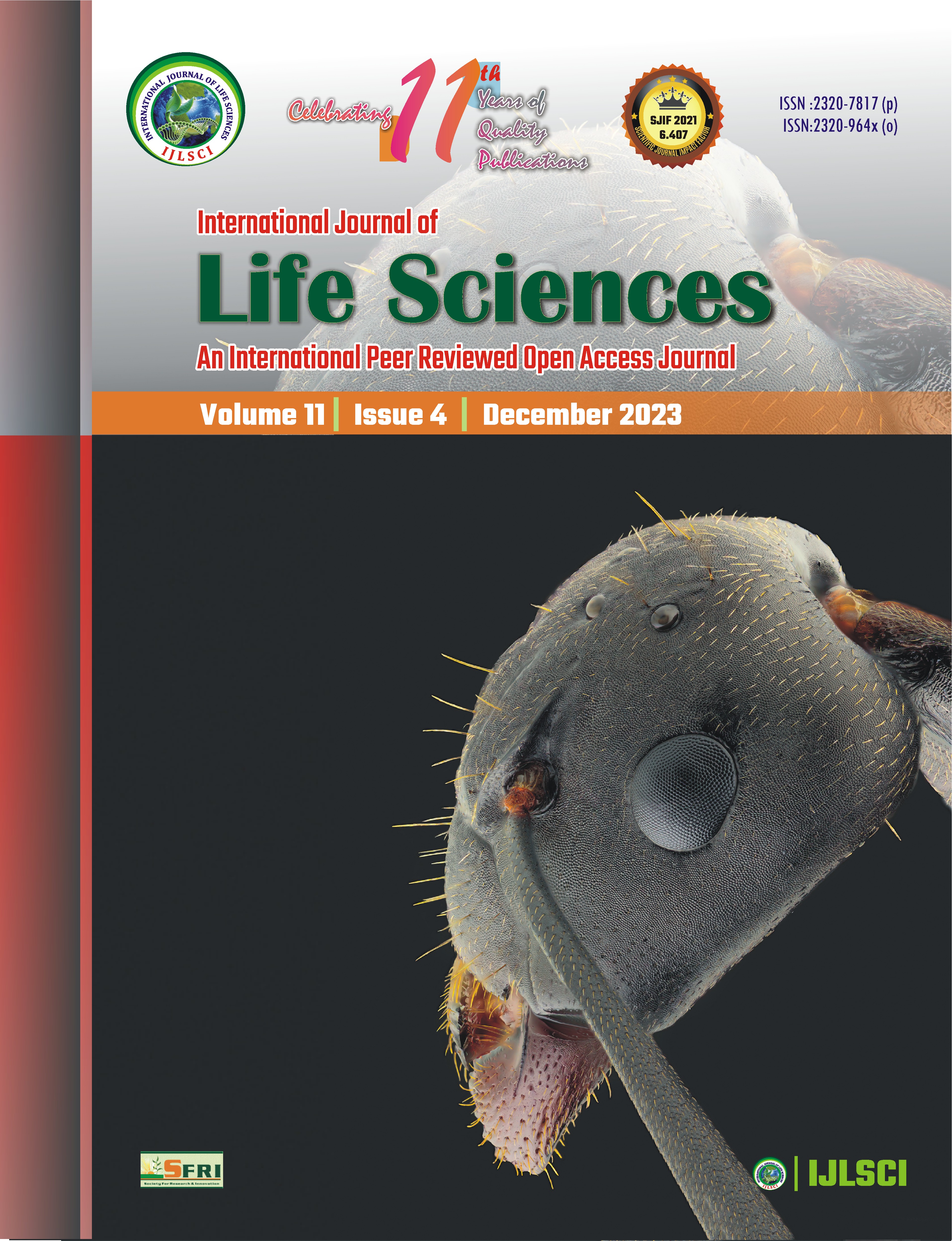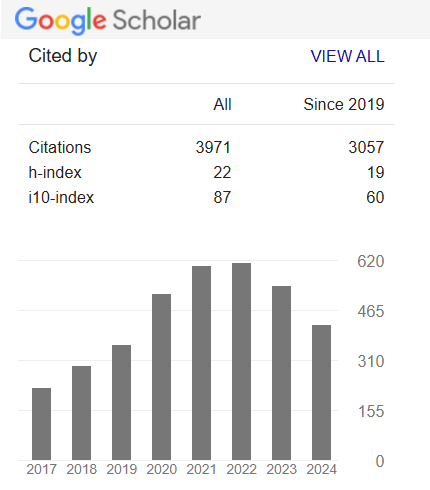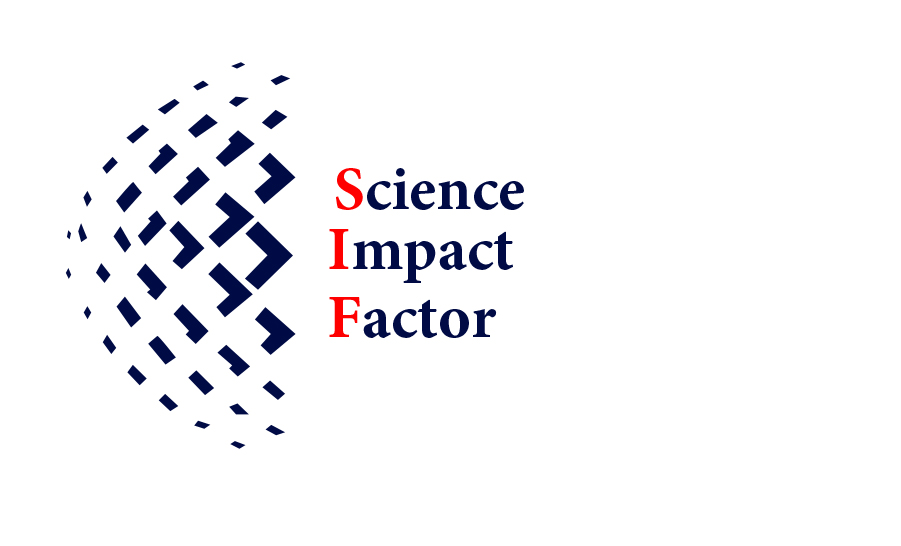Aerobiological Investigation of Hingoli City with Special Reference to Allergy
Keywords:
Aerobiology, Hingoli City, AllergyAbstract
Among all the populations all over the world, respiratory allergy is prevalent and progressively increasing health issue. An increase in allergic diseases is occurs mostly due to indoor civilizations, pollution and other environmental issues. Apart from this bio-pollutants are also always considered as major factor in allergenic disorders. The persons mostly seen with allergic rhinitis and asthma. An aeropalynological survey was conducted at two different sites of Hingoli City in Maharashtra State of India. In present investigation, the qualitative and quantitative analysis of pollen types from Hingoli City is briefly studied. No such work was undertaken in Hingoli City previously. The major pollen types were found viz, Acacia Sp., Azadirachta indica, Cassia siamia, Datura Sp., Eucalyptus globulus, Moringa oleifera and Parthenium hysterophorus from about total 20 pollen types recorded. The dominant fungal species which have documented in the Hingoli City viz, Alternaria, Penicillium, Aspergillus and Curvularia. The Tilak Air Sampler was found to be effective in present investigation. It was found that frequency, variation and aerial transport of pollen grains depend on many factors. The type of pollen species was further correlated with allergenic cases found in clinical studies of Local Dermatologist. The study will provide useful data to local hospitals for effective diagnosis and treatment of respiratory and allergic diseases. Recently a group of Black Fungi and White Fungi have been reported huge health damages to peoples suffering from Covid 19, during hospitalization.
Downloads
References
Ahlawat M, Dahiya P and Chaudhary D (2013) Aeropalynological study in Rohtak city, Haryana, India: a 2-year survey. Aerobiologia 29:121–129.
Dalal L, Bhowal M and Kalbende S (2011) Incidence of deteriorating fungi in the air inside the college libraries of Wardha city. Archives of Applied Science Research 3(5):479-485.
Ezikanyi DN, Sakwari G and Nnamani CV (2018) Aeroallergens in North-Central Nigeria. Allergologia et Immunopathologia 46 (6): 599-606.
Lieberman P and Anderson JA (2007) Allergic Diseases: Diagnosis and Treatment. Third Edition. Humana Press, New Jersey.
Singh AB and Shahi S (2008) Aeroallergens in Clinical Practice of Allergy in India. (Special Article - ARIA Asia Pacific Workshop Report). Asian Pacific Journal of Allergy and Immunology 26: 245-256.
Singh AB (2017) Glimpse of Clinical Aerobiology in India: An Overview. Glob. J. Otolaryngol. 12(3): 60-68.
Singh AB and Dahiya P (2008) Aerobiological Researches on Pollen and Fungi in India During the Last Fifty Years: An Overview. Indian J. Allergy Asthma Immunol.22(1): 27-38.
Thakur VA (2018) Aerobiological studies with special reference to airborne basidiospores of Ganoderma Karst. at Pune, Maharashtra, India. Annals of Plant Sciences 7(5): 2209-2212.
Thakur VA and Jite PK (2015) Air monitoring of fungal spores inside the B. J. Wadia Library, Pune, India. International Journal of Current Microbiology and Applied Sciences 4(4): 35-40.
Tilak ST & Vaidya JG (1998) Aerobiology: Biology of Air Borne Organisms. Satyajeet Publication, Pune.
Tilak ST (1987) Splash dispersal and airspora. Proc. III Nat. Conf. on Aerobiology. Kalyan Atm. Biopo. II. Pp. 15-19. Env. Publications, Karad.
Weber RW (2002) Aerobiology and Aeroallergens. In: Lieberman, P.L., Blaiss, M.S. (Eds.) Atlas of Allergic Diseases. Current Medicine Group. https://doi.org/10.1007/978-1-4615-6481-2_7.
Downloads
Published
How to Cite
Issue
Section
License
Copyright (c) 2023 Author

This work is licensed under a Creative Commons Attribution-NonCommercial-NoDerivatives 4.0 International License.
Open Access This article is licensed under a Creative Commons Attribution 4.0 International License, which permits use, sharing, adaptation, distribution and reproduction in any medium or format, as long as you give appropriate credit to the original author(s) and the source, provide a link to the Creative Commons license, and indicate if changes were made. The images or other third party material in this article are included in the article’s Creative Commons license unless indicated otherwise in a credit line to the material. If the material is not included in the article’s Creative Commons license and your intended use is not permitted by statutory regulation or exceeds the permitted use, you will need to obtain permission directly from the copyright holder. To view a copy of this license, visit http://creativecommons.org/ licenses/by/4.0/











